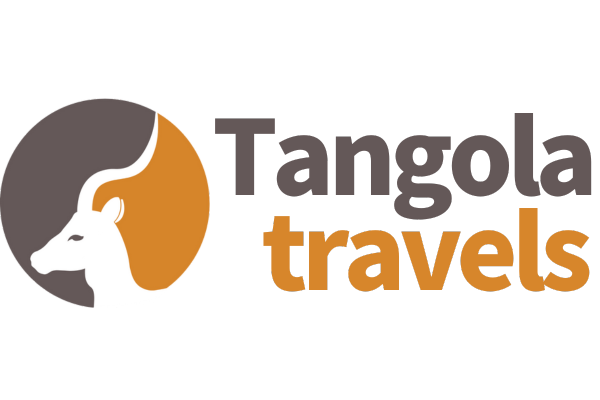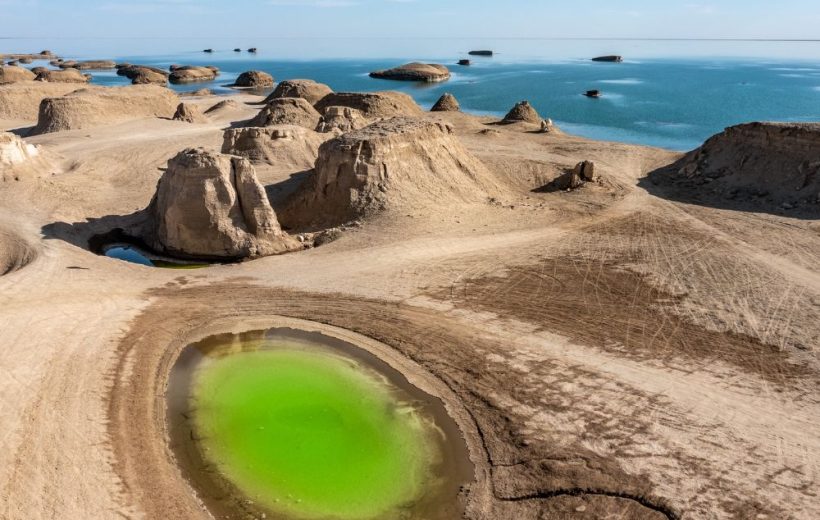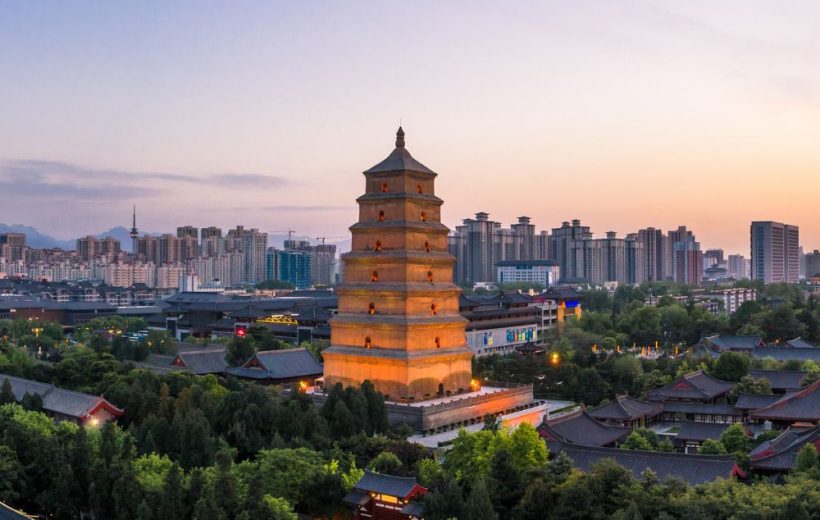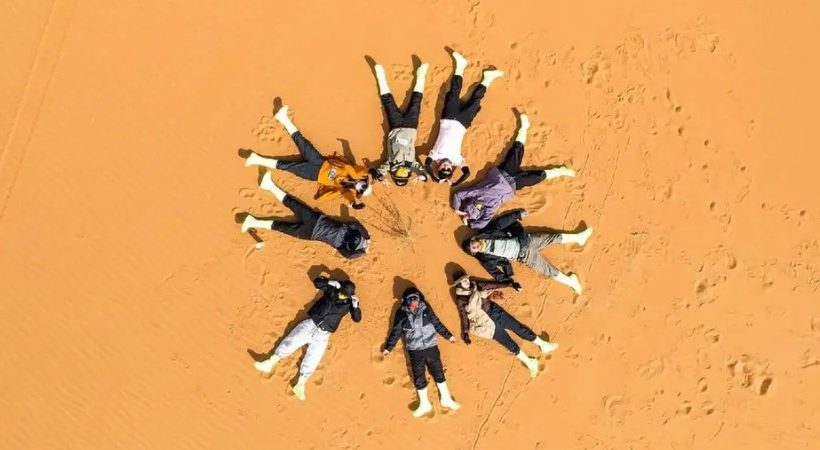About
Qinghai, a stunning province in western China, is known for its breathtaking landscapes and rich cultural heritage. Home to the expansive Qinghai Lake, the largest saltwater lake in China, it offers picturesque views and opportunities for outdoor activities. However, many areas in Qinghai are considered military-sensitive zones, leading to restrictions for Western travelers. Popular destinations may require special permits or be off-limits entirely. The region is also famous for its diverse ethnic cultures, including Tibetan, Hui, and Mongolian communities. Explore ancient monasteries, such as Ta’er Temple, and immerse yourself in local traditions and festivals. With its unique wildlife, vast grasslands, and majestic mountains, Qinghai remains a hidden gem for those who can navigate its travel restrictions.

Things to Do
· Qinghai Lake: The largest saltwater lake in China, known for its stunning turquoise waters, surrounding grasslands, and opportunities for cycling and birdwatching.
· Ta’er Temple (Kumbum Monastery): A significant Tibetan Buddhist monastery, famous for its intricate murals, stupas, and as the birthplace of Tsongkhapa, the founder of the Gelug school of Tibetan Buddhism.
· Chaka Salt Lake: Renowned for its mirror-like surface, this stunning salt flat is a popular spot for photography and offers a unique landscape experience.
· Kekexili (Hoh Xil): A UNESCO World Heritage Site, this remote area is known for its stunning natural beauty and wildlife, including Tibetan antelope.
· Jianzha Tibetan Culture Village: Experience Tibetan culture and traditions, with opportunities to engage with locals, enjoy traditional performances, and sample local cuisine.
· Maduo Grassland: Known for its vast, lush landscapes, this area is ideal for trekking, horse riding, and experiencing nomadic lifestyle.
· Golmud: A key stop for travelers heading to Tibet, it offers access to beautiful natural scenery and is a gateway for exploring the region.
· Nianbaoyuze Mountain: A sacred mountain in Tibetan culture, it’s surrounded by beautiful landscapes and is popular for hiking and photography.
· Qinghai Provincial Museum: Discover the history and culture of Qinghai, showcasing artifacts from various ethnic groups and the region’s natural history.
· Seda Monastery: Located in a scenic area, this monastery offers stunning views and a glimpse into Tibetan Buddhist practices.

Must-try Cuisines
· Qinghai Lamb: Known for its tenderness and flavor, lamb dishes are a staple, often prepared in hot pot or grilled.
· Tsampa: A traditional Tibetan staple made from roasted barley flour, often mixed with butter tea or yogurt for a nutritious meal.
· Mutton Skewers: Marinated and grilled skewers of mutton, seasoned with spices, are popular street food that showcases local flavors.
· Noodle Soup (Lanzhou Beef Noodles): Although originating from Lanzhou, this dish is widely enjoyed in Qinghai, featuring hand-pulled noodles in a rich beef broth.
· Tibetan Yogurt: Creamy and tangy, this yogurt is often served with honey or fruit and is a popular snack or breakfast item.
· Butter Tea (Po Cha): A traditional Tibetan drink made from tea, butter, and salt, providing warmth and energy, especially in high-altitude regions.
· Qinghai-style Dumplings: Filled with various ingredients like meat and vegetables, these dumplings can be steamed or boiled and are a local favorite.
· Cold Noodles (Liang Pi): Refreshing and served cold, these wheat noodles are typically topped with cucumber, garlic, and a spicy sauce.
· Beef Jerky: A popular snack, often seasoned with local spices, it’s a great option for travelers exploring the region.
· Tibetan Bread (Tingmo): Soft, steamed bread often served with various dishes, perfect for soaking up sauces or enjoying with tea.
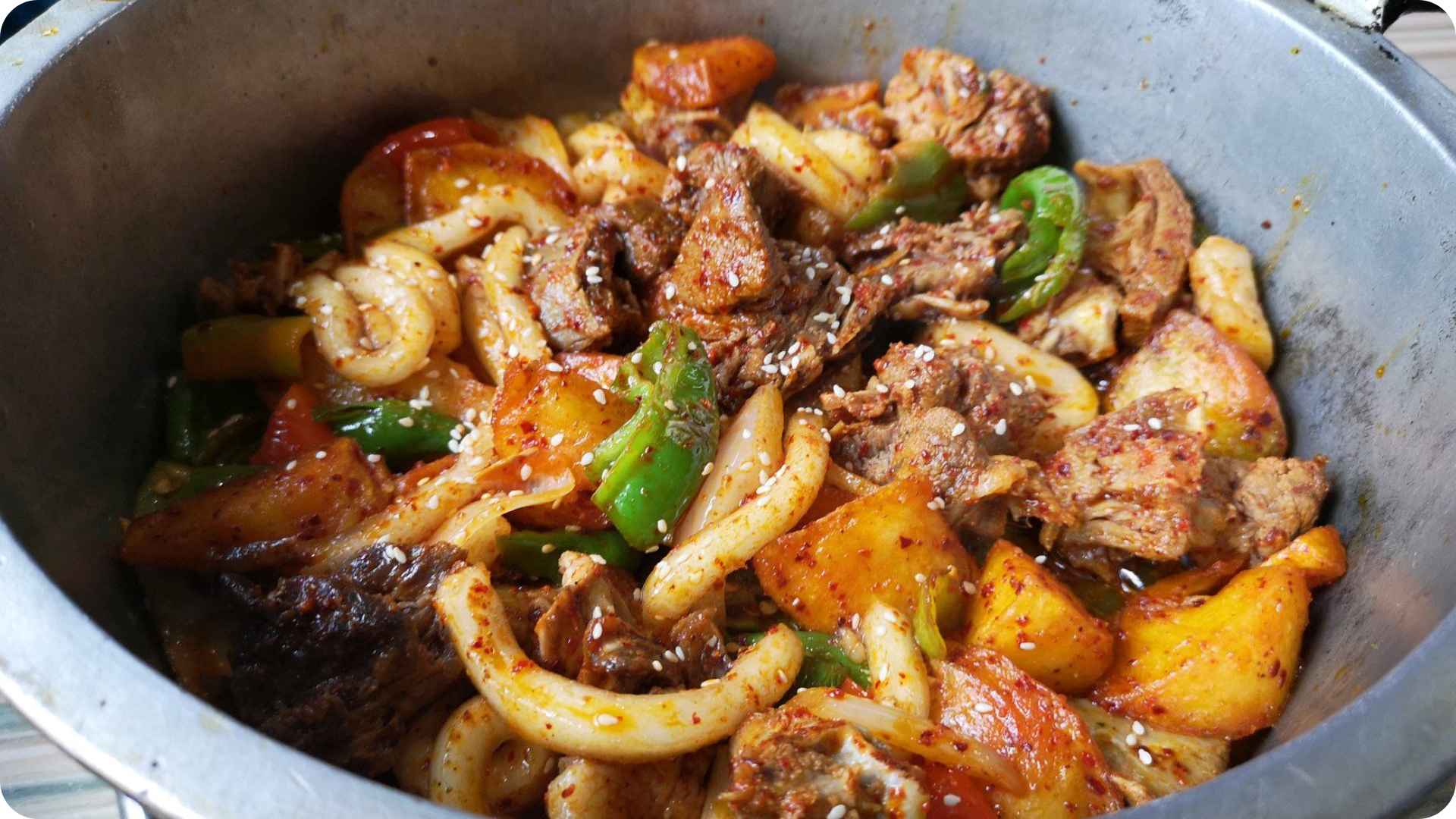
Travel Tips
· Best Time to Visit: The ideal months are May to October when the weather is pleasant for outdoor activities. Summer is the best time to see Qinghai Lake in its full glory.
· Altitude Awareness: Qinghai is at a high altitude, which can cause altitude sickness. Take time to acclimatize, stay hydrated, and avoid strenuous activities for the first few days.
· Public Transport: Buses are the main mode of transport for getting around. Be prepared for limited services in remote areas and consider renting a car if you’re venturing further.
· Travel Permits: Some areas, especially near the Tibetan border, may require special permits for Western travelers. Check in advance and obtain any necessary permits.
· Local Cuisine: Be adventurous with local food but also ensure you eat at reputable places to avoid foodborne illnesses. Don’t miss trying Qinghai lamb and tsampa.
· Respect Local Customs: Qinghai is home to various ethnic groups, including Tibetans. Be respectful of local customs and traditions, especially in religious sites.
· Dress Appropriately: Weather can vary greatly, so dress in layers. Bring warm clothing for evenings and cooler areas, especially at higher altitudes.
· Stay Connected: Consider getting a local SIM card or portable Wi-Fi device, as internet access may be limited in remote regions.
· Cash and Payments: While mobile payments are common, it’s advisable to carry some cash, especially when visiting smaller towns or markets.
· Breathe Deeply: Take it slow, especially when hiking or engaging in physical activities, to allow your body to adjust to the altitude.
